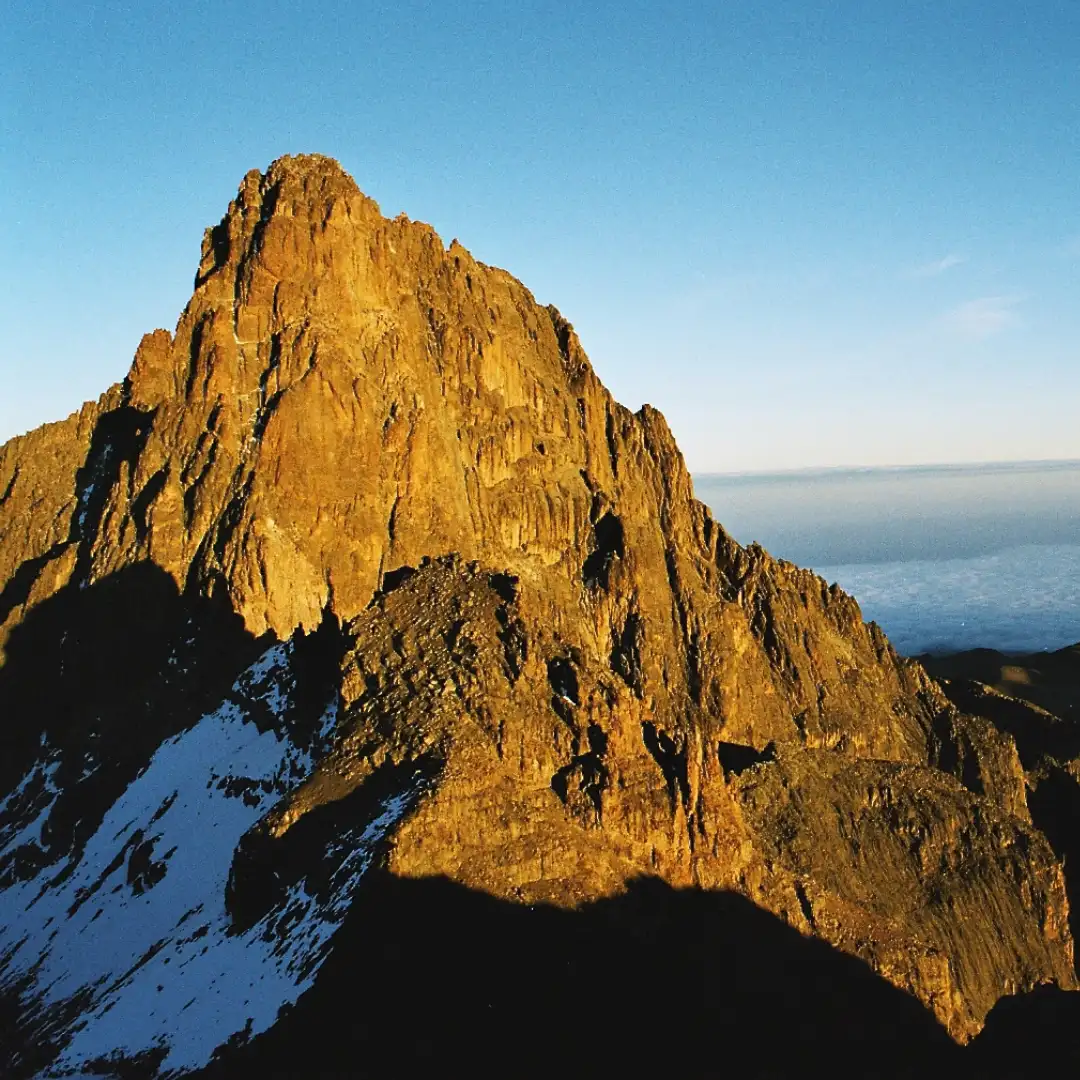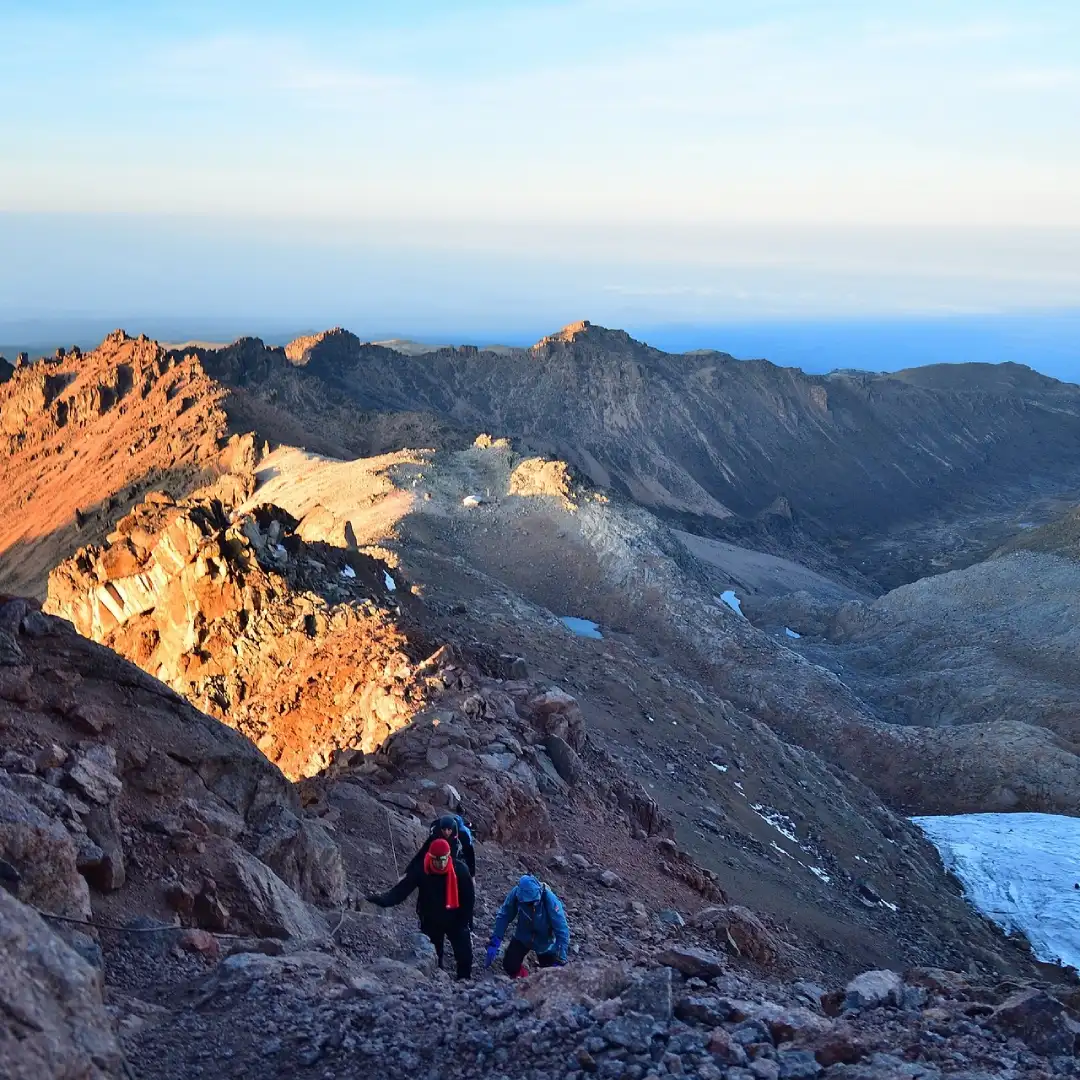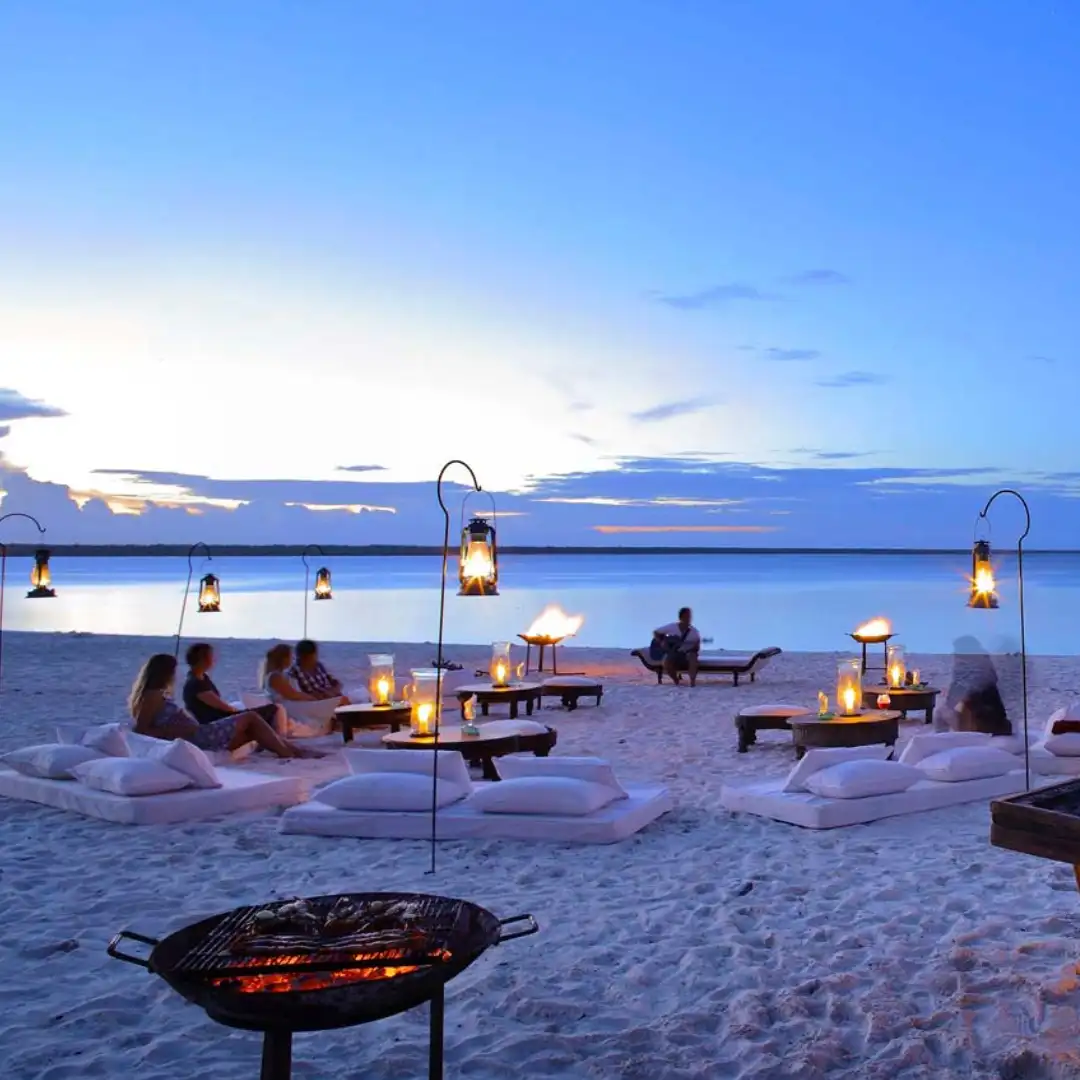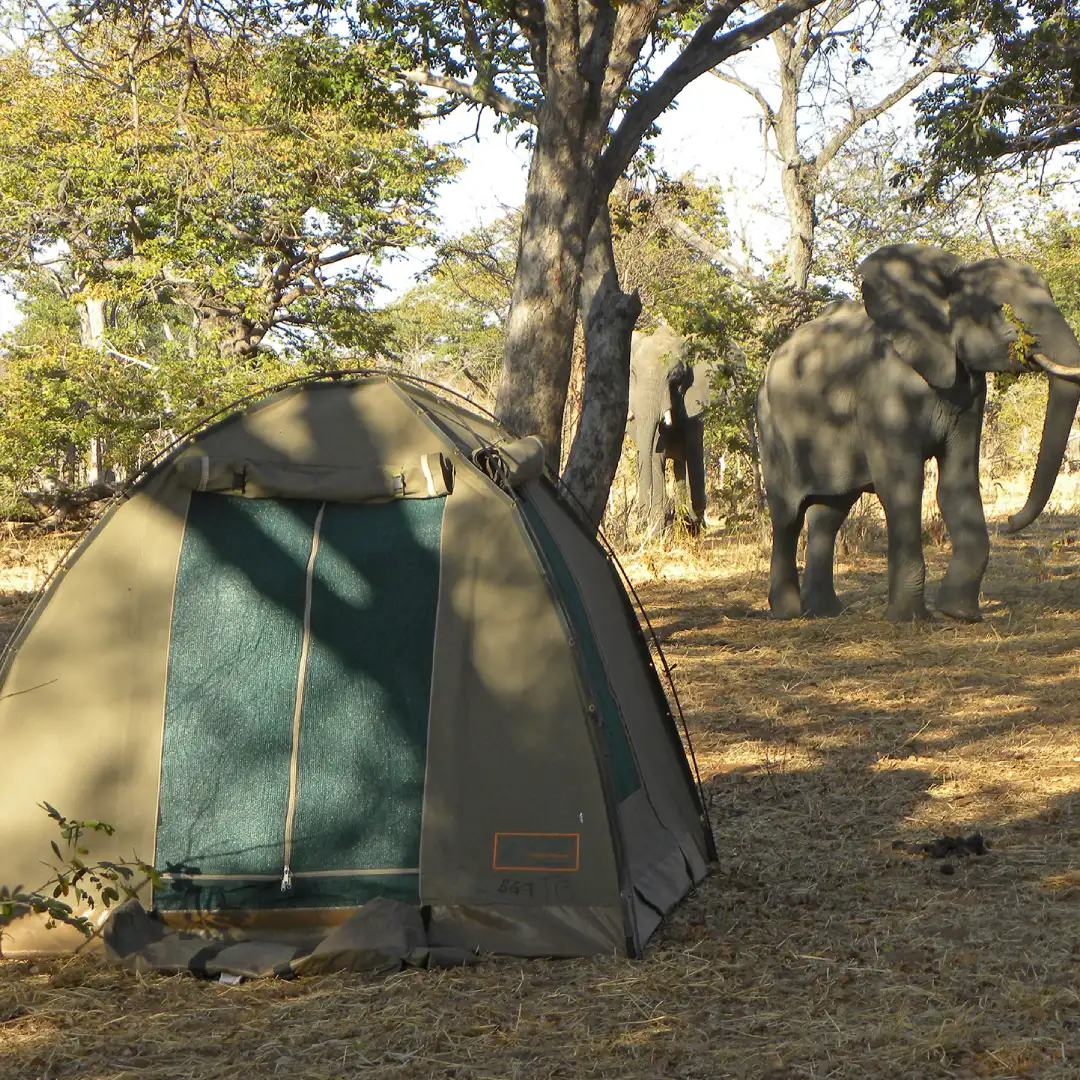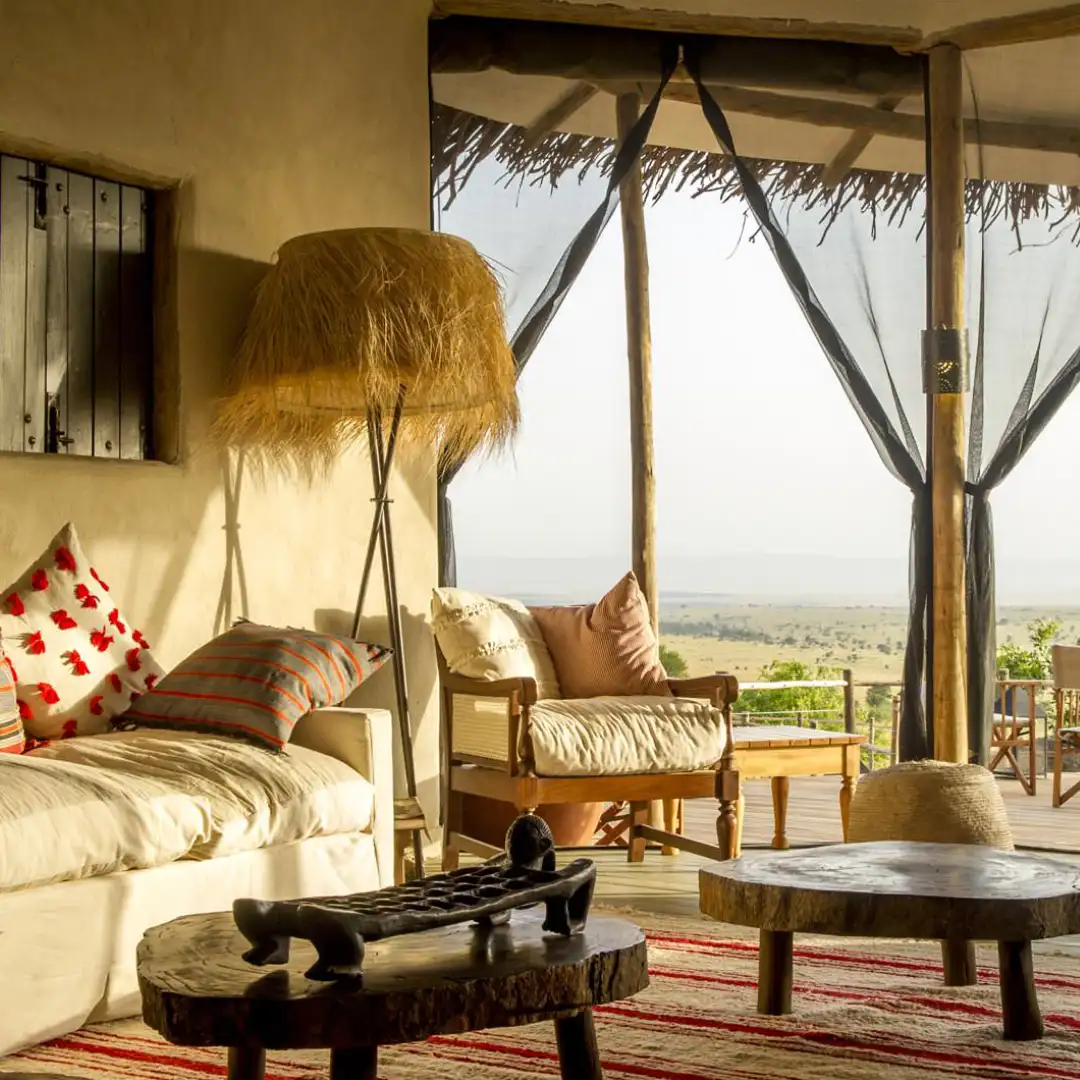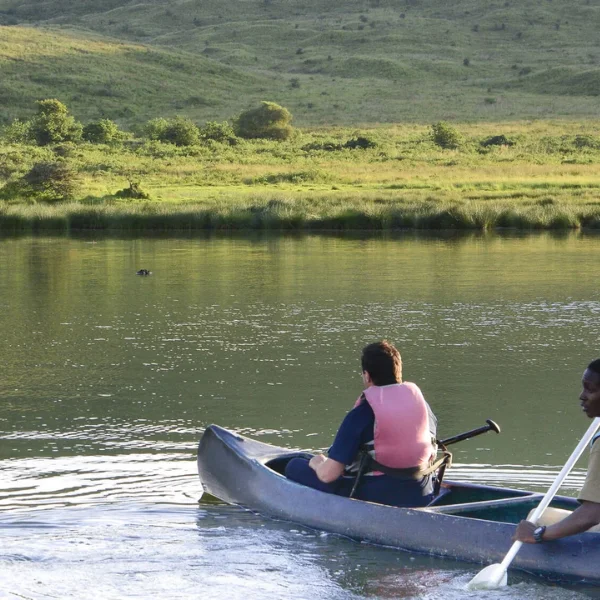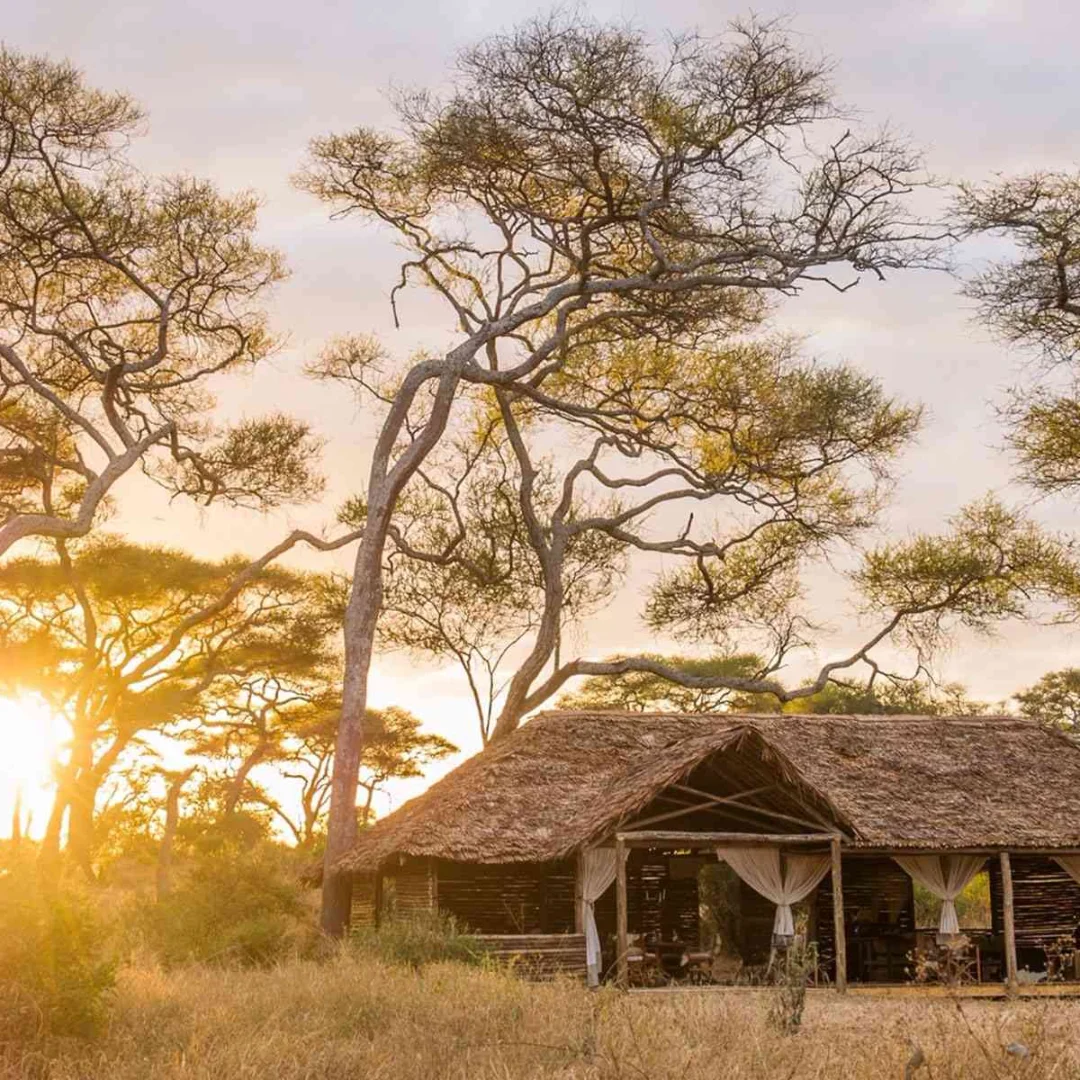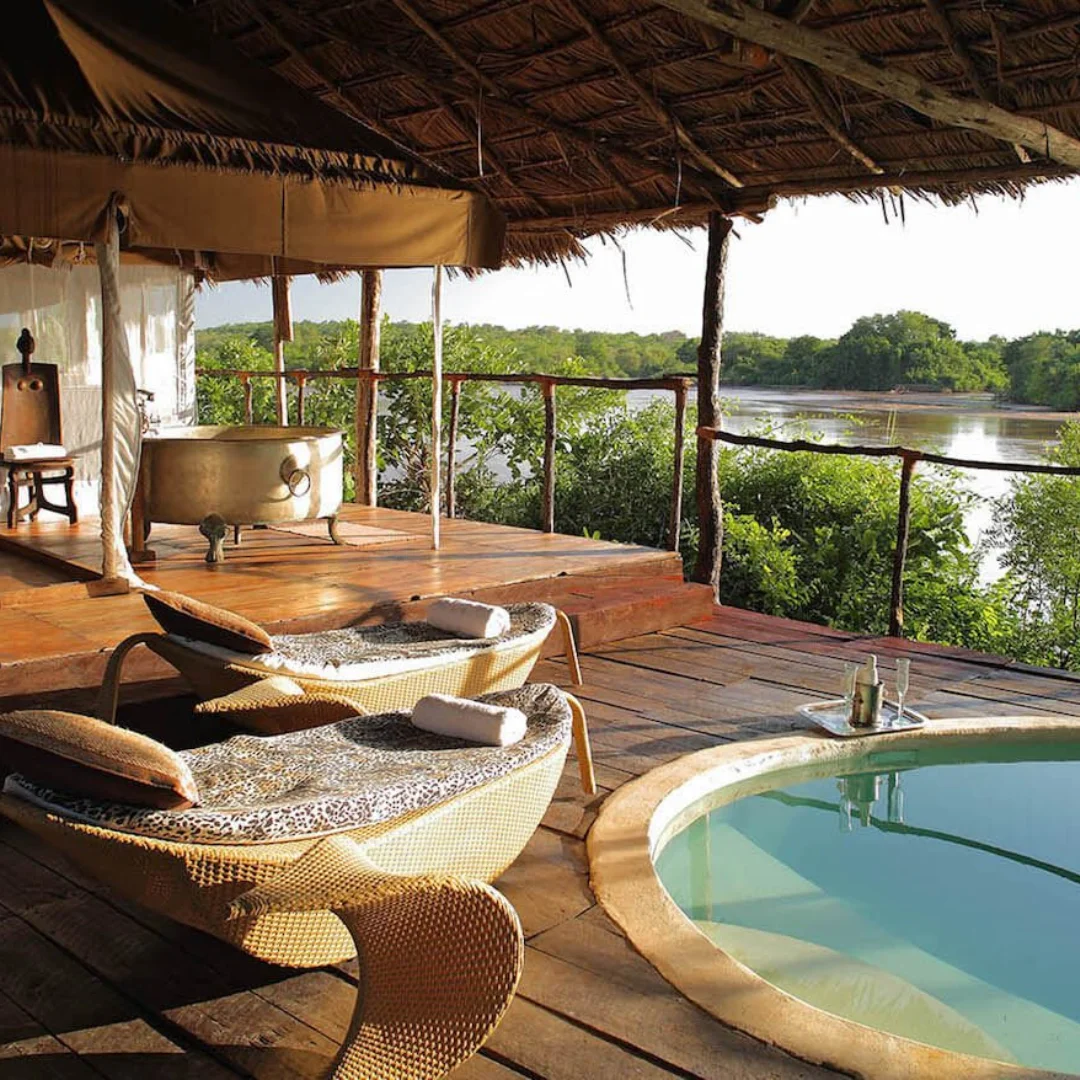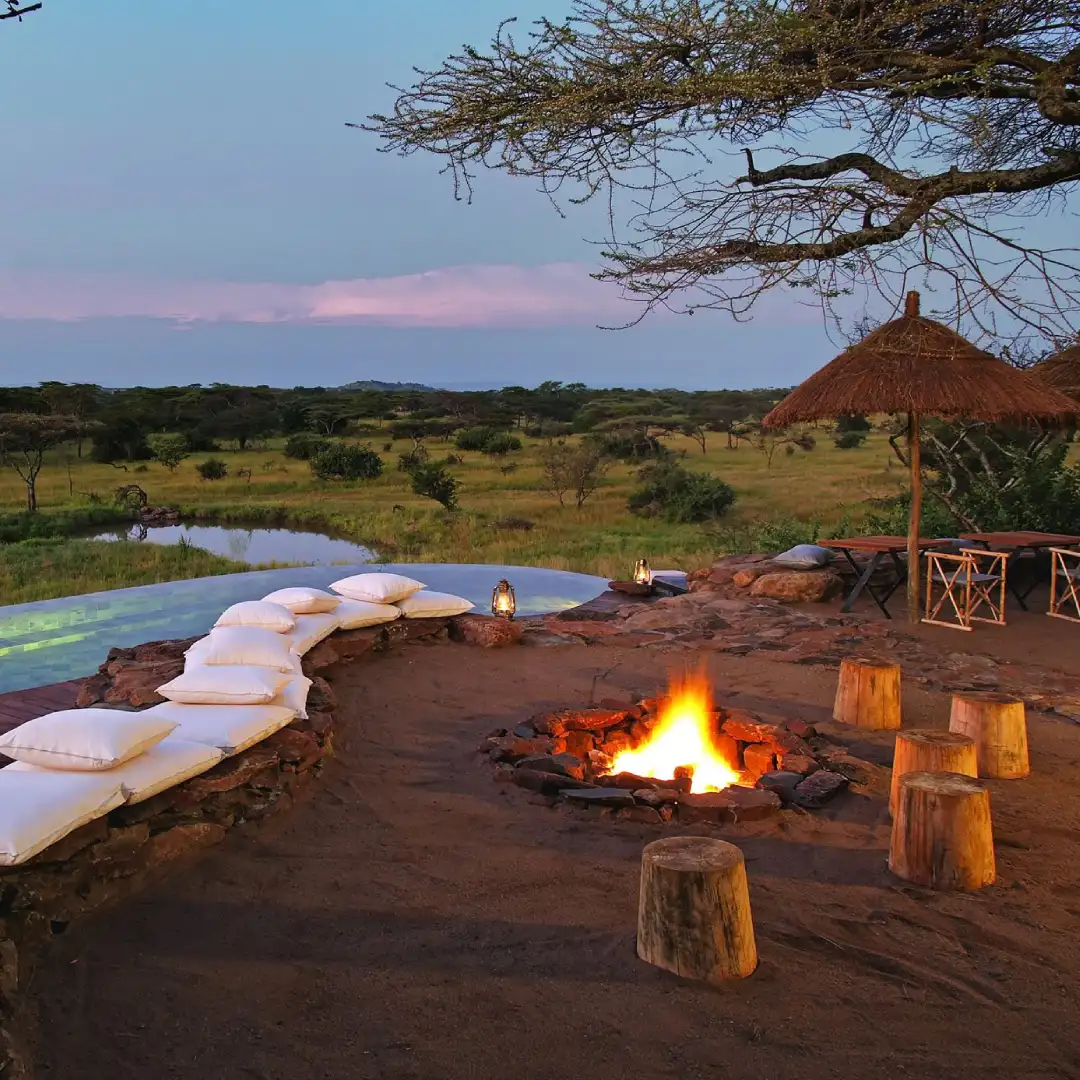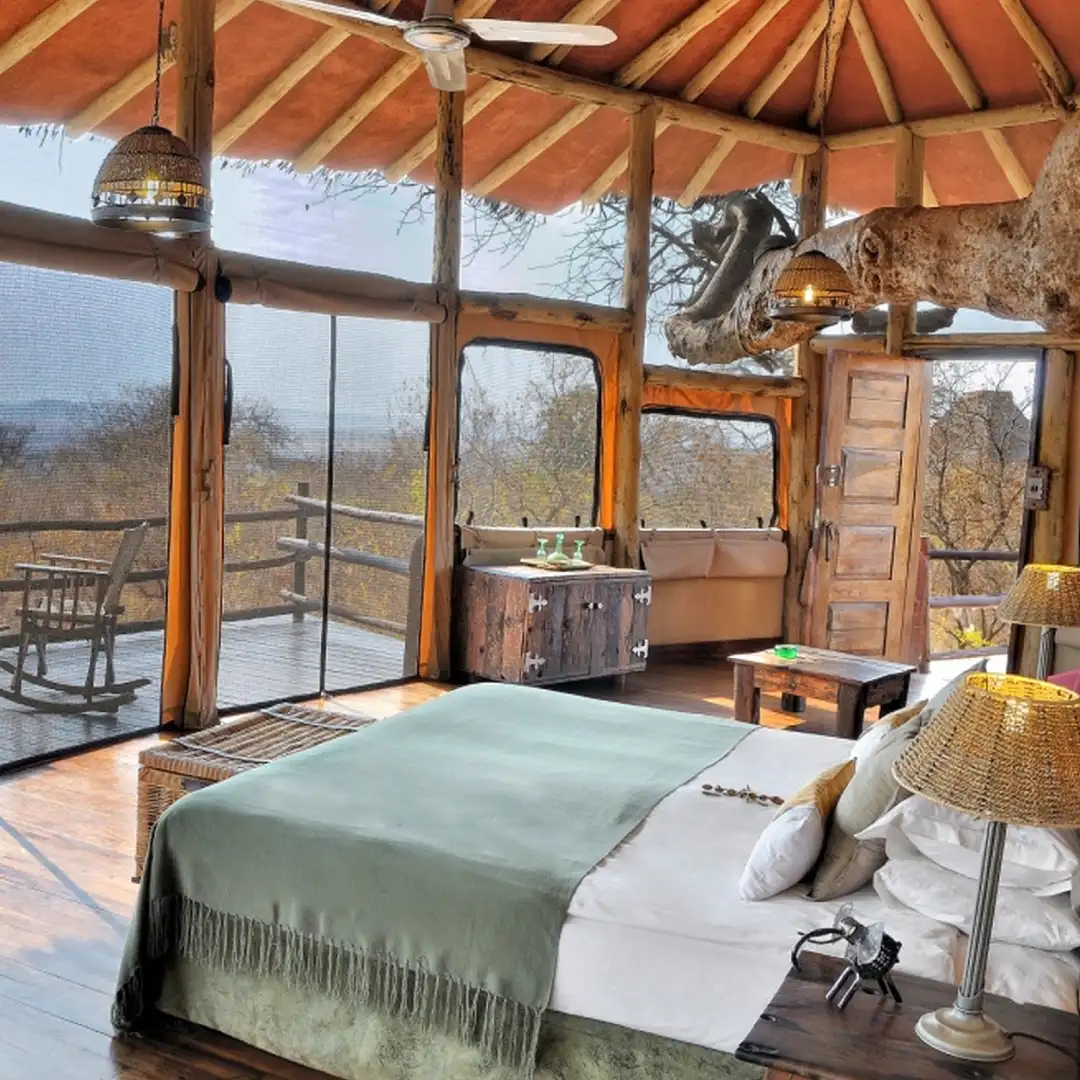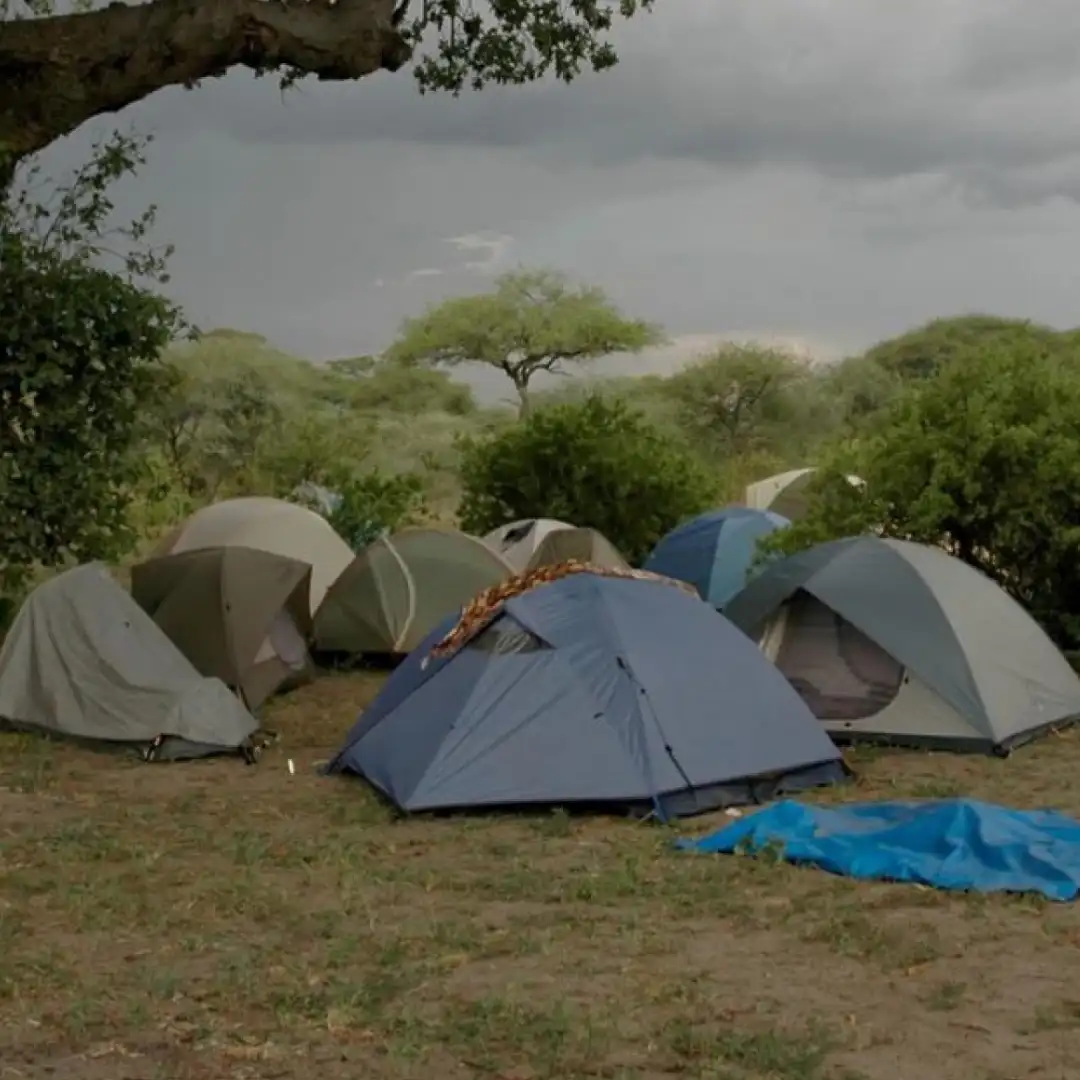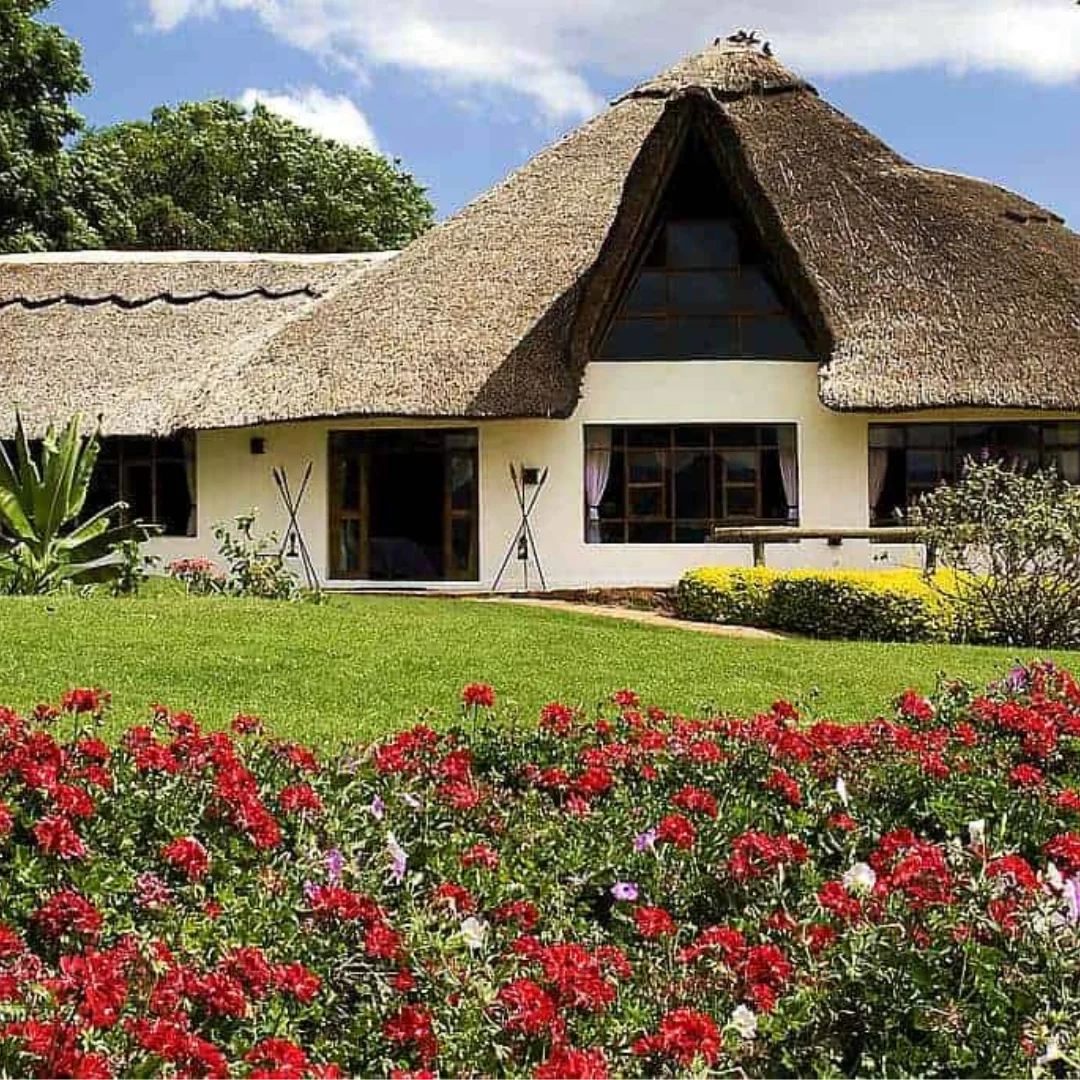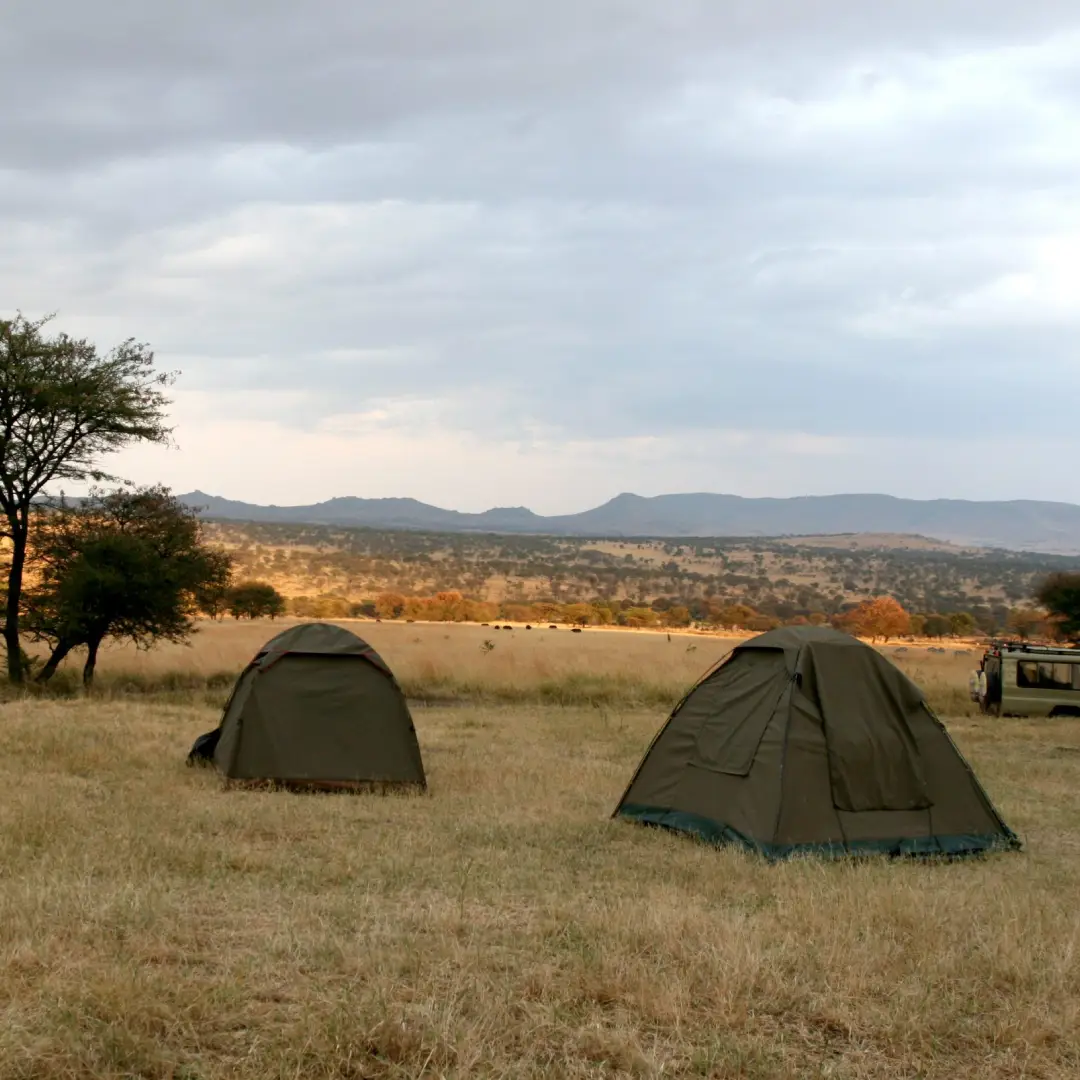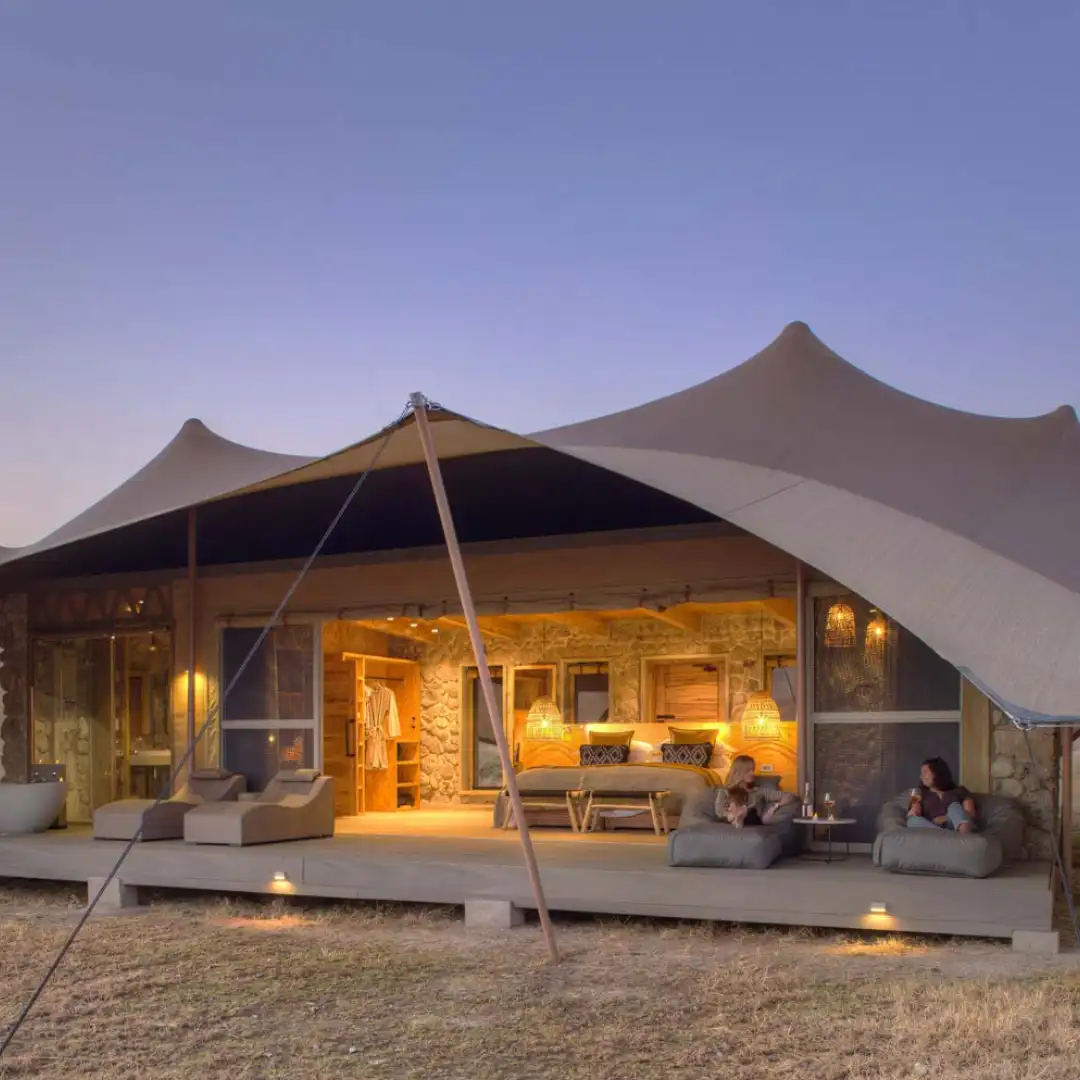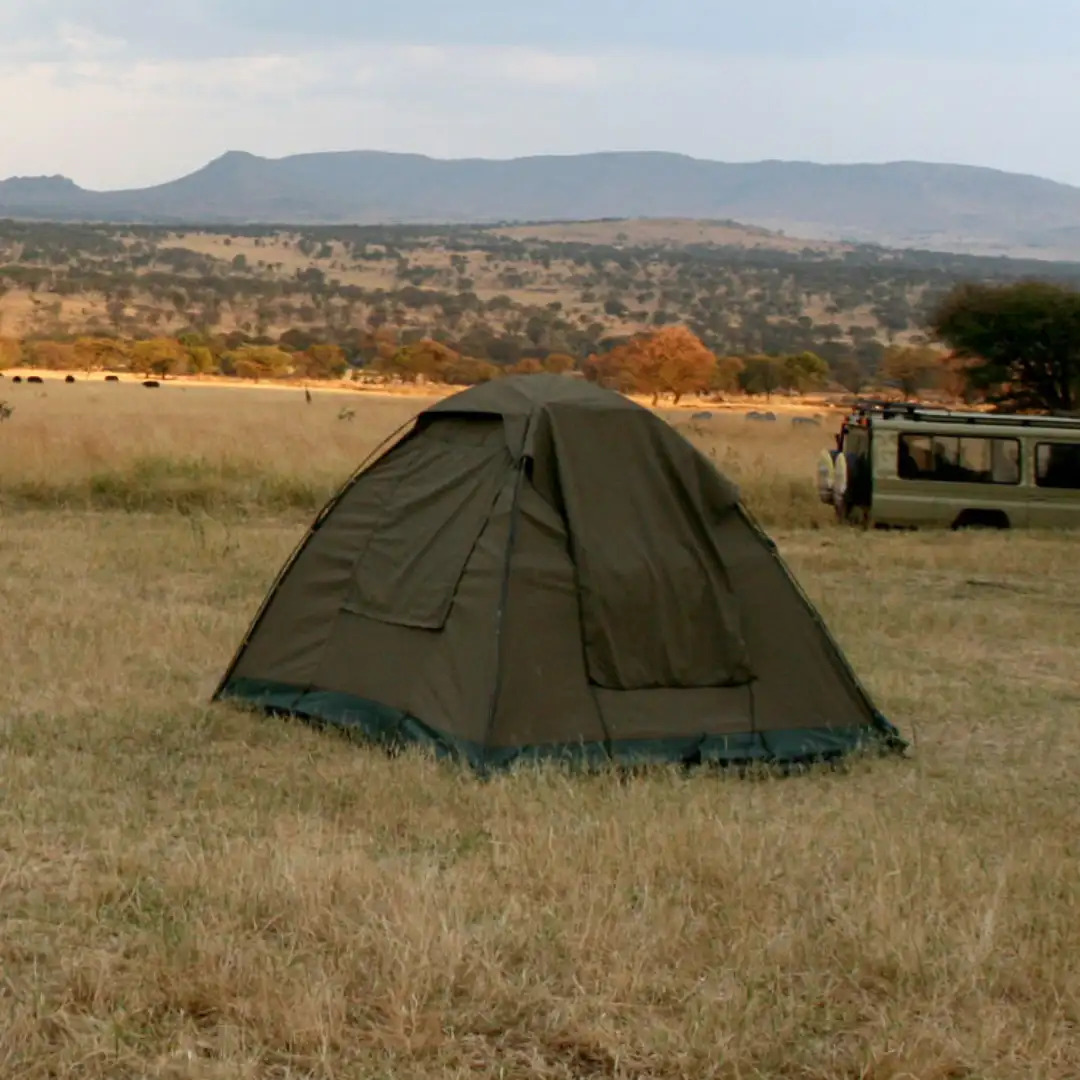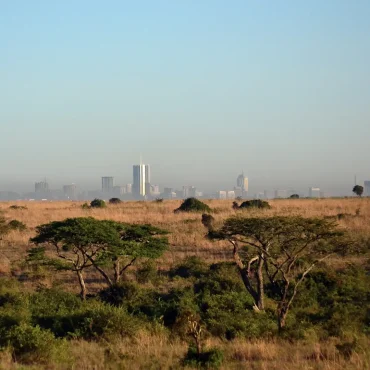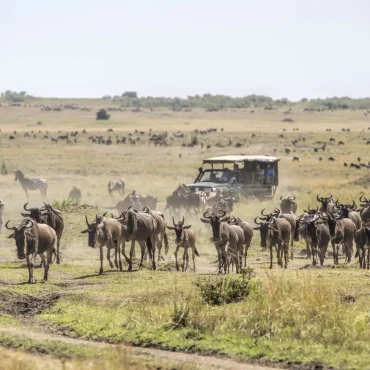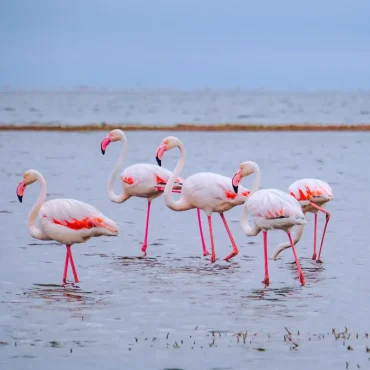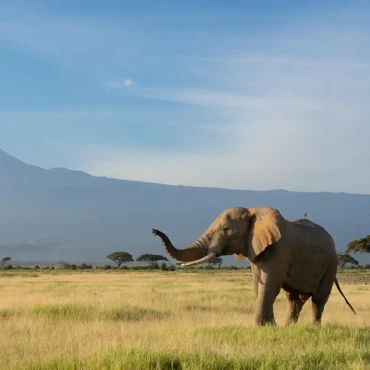Mount Kenya
Mount Kenya, Africa’s second-highest peak, rises majestically to 5,199 meters (17,057 feet) and is located in central Kenya. This stunning volcanic mountain features diverse ecosystems, from lush forests at its base to alpine meadows and glaciers near the summit. Mount Kenya is a UNESCO World Heritage Site, renowned for its rich biodiversity, including unique flora and fauna. Popular among trekkers and climbers, it offers various routes, showcasing breathtaking landscapes and stunning vistas. The mountain also holds cultural significance for the local Kikuyu community, adding a rich heritage to its natural beauty.
- Stands at 5,199 meters (17,057 feet), offering stunning views.
- Significant to the Kikuyu community, with rich cultural heritage and legends associated with the mountain.
- Home to rare plant species like giant lobelias and senecios.
- Features lush forests, alpine meadows, and glaciers, supporting varied wildlife.
Mount Kenya, Kenya’s highest peak and Africa’s second tallest mountain rises 5,199 meters (17,057 feet) above sea level.
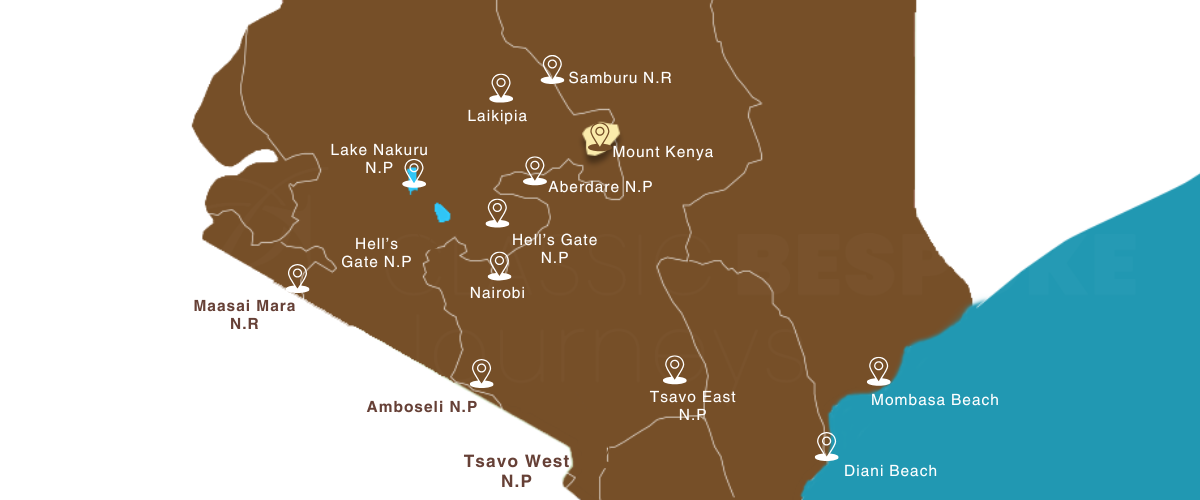
Best Time To Visit
Mount Kenya, Africa’s majestic second-highest peak, captivates with its breathtaking landscapes, diverse ecosystems, and rich biodiversity
Mount Kenya can be explored year-round, but certain months enhance the experience. The best time to visit is during the dry seasons from January to March and July to October. These months provide clearer skies, making trekking routes more accessible and offering stunning views of the peaks.
The wet seasons, from April to June and November to December, bring lush vegetation and vibrant landscapes. While the trails can be slippery and rain may occur, this period showcases the mountain’s rich biodiversity, with blooming flowers and active wildlife. It’s also a quieter time, ideal for those seeking solitude in nature.
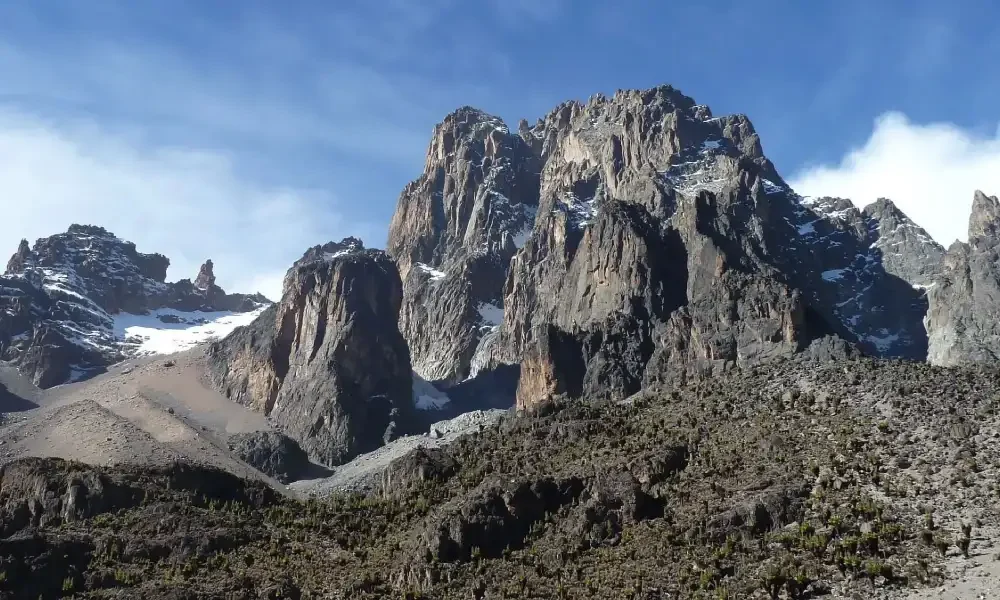
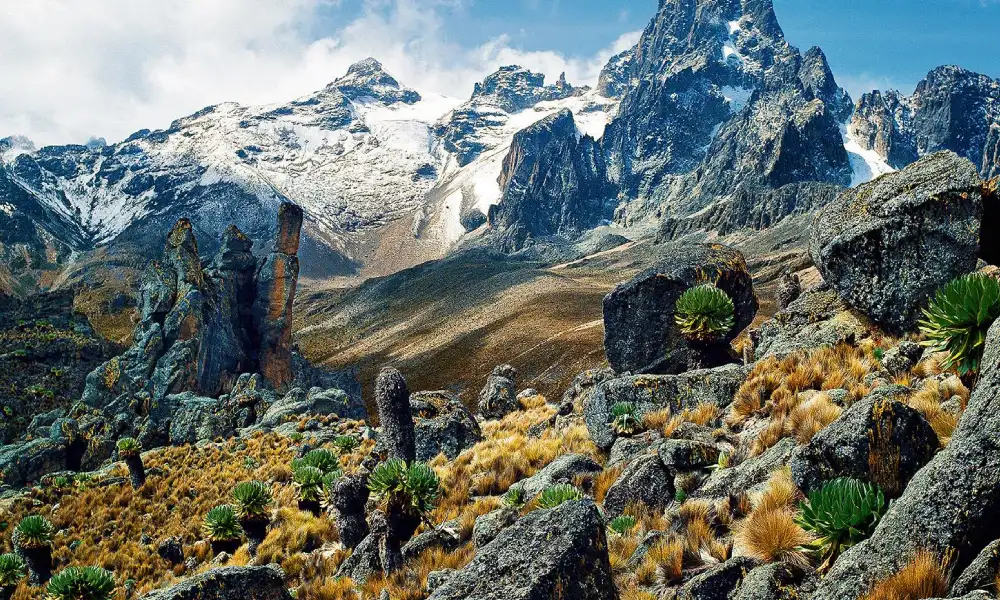
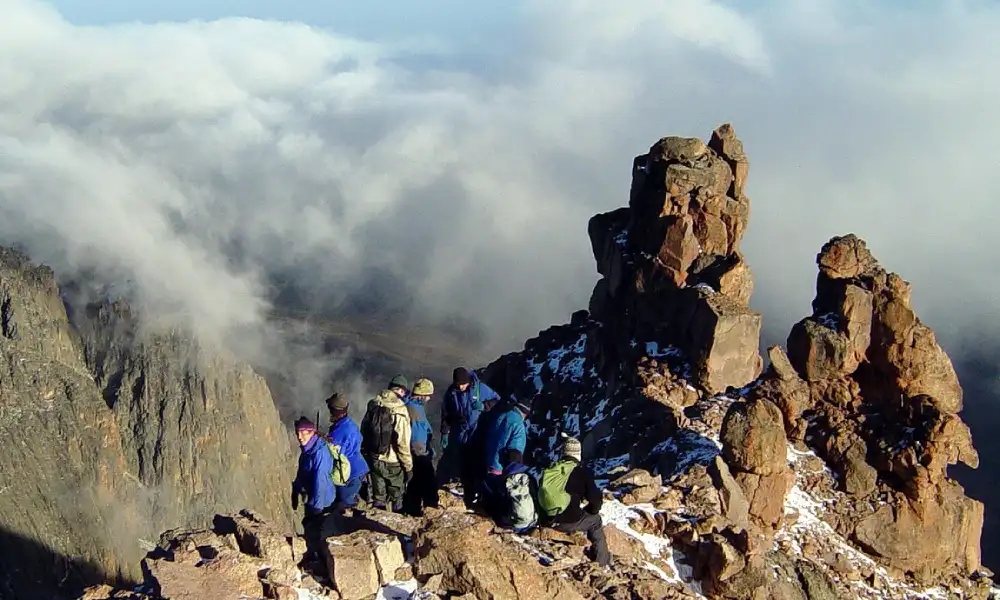
Fact
Mount Kenya, located in central Kenya, is Africa’s second-highest peak, reaching 5,199 meters (17,057 feet) at its summit, Batian Peak. This ancient volcanic mountain features a diverse range of ecosystems, from lush montane forests to alpine meadows and glaciers, supporting a rich variety of flora and fauna. It is a UNESCO World Heritage Site, recognized for its ecological significance and stunning beauty. The mountain is home to unique plant species, such as giant lobelias and senecios. Trekking Mount Kenya offers various routes catering to different skill levels, making it a popular destination for adventurers. Additionally, the mountain holds cultural importance for the local Kikuyu people, steeped in mythology and tradition.
Mount Kenya FAQs
Mount Kenya is situated in central Kenya, about 150 kilometres north of Nairobi.
Yes, hiring a registered guide is mandatory for safety and to enhance your experience with local insights.
Mount Kenya is home to diverse wildlife, including elephants, buffalo, and various bird species, as well as unique flora like giant lobelias.
Yes, there are several lodges and campsites available both on the mountain and nearby, catering to various budgets.
Popular routes include Sirimon, Chogoria, and Naru Moru, each offering distinct experiences and views of the mountain.
Why Visit Mt Kenya?
Majestic Peaks
Home to Africa’s second-highest mountain, featuring stunning summits like Batian and Nelion
Diverse Ecosystems
Experience a range of climates and habitats, from lush rainforests to alpine moorlands
Challenging Hikes
Enjoy various trekking routes, catering to all skill levels, including the popular Sirimon and Chogoria trails.
Wildlife
Spot diverse wildlife, including elephants, buffalo, and rare species like the Mount Kenya hyrax.
Cultural Encounters
Engage with local communities, learning about the Kikuyu people's traditions
Stunning Lakes
Discover pristine glacial lakes, such as Lake Rutundu, perfect for relaxation and photography.
Our Most Popular Tours
What Customers Say About Us





